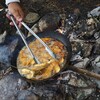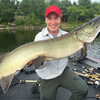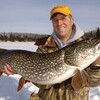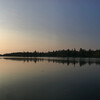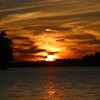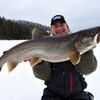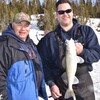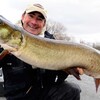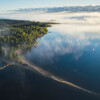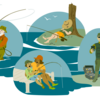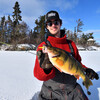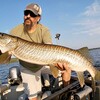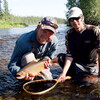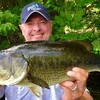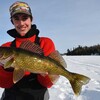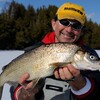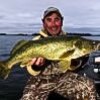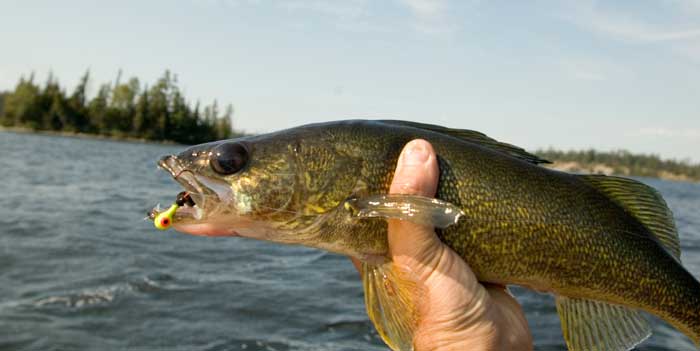
Making Sense of Shield Lakes and Rivers
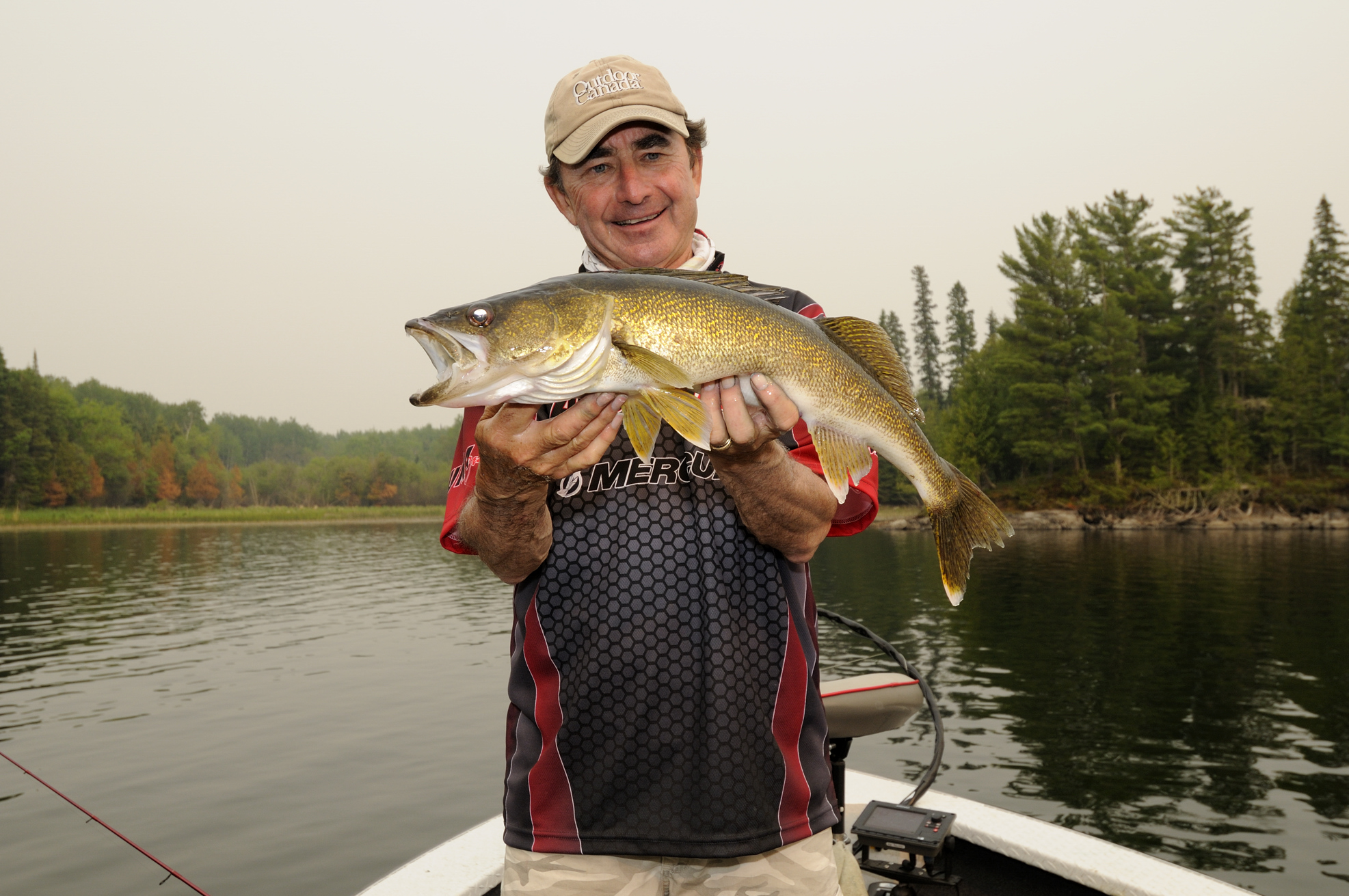
One of the many charms that Northern Ontario offers visiting anglers is the opportunity to explore a huge portion of the largest contiguous tract of boreal forest found anywhere on Earth.
A picture postcard continuum of luxurious spruce, pine and balsam forest that spreads out like a welcome mat across the vast Canadian Shield, containing a stunning array of waterways. In fact, in much of the area, you will find more water than land. So, with 400,000 lakes and 2/5th of all the fresh water on the planet, there is no lack of places where you can launch a boat and go fishing.
But such a bountiful surplus of water can sometimes be intimidating. And it raises a question, especially when you're fishing one of the bigger bodies of water like Lake Nipissing, Lake Temagami, the North Shore of Lake Huron and Lake Superior, Lake Nipigon, Lac Seul, Eagle Lake, Rainy Lake, Red Lake and Lake of the Woods to name just a few. When you have anywhere from one-quarter to one million acres of water stretching out in front of you, where in the world do you start looking for fish?
It is the question I was asked recently by an American angler who is planning an upcoming fishing trip to Northern Ontario with his young son. He wanted to know how, in a one-week vacation, he could "learn" a big lake.
My answer may surprise you.
I told him he can't and he shouldn't even attempt to try to understand the complexities of a big lake or river. Instead, a much better approach is to bite off a manageable portion of the waterway, learn it reasonably well and then enjoy the time of his life.
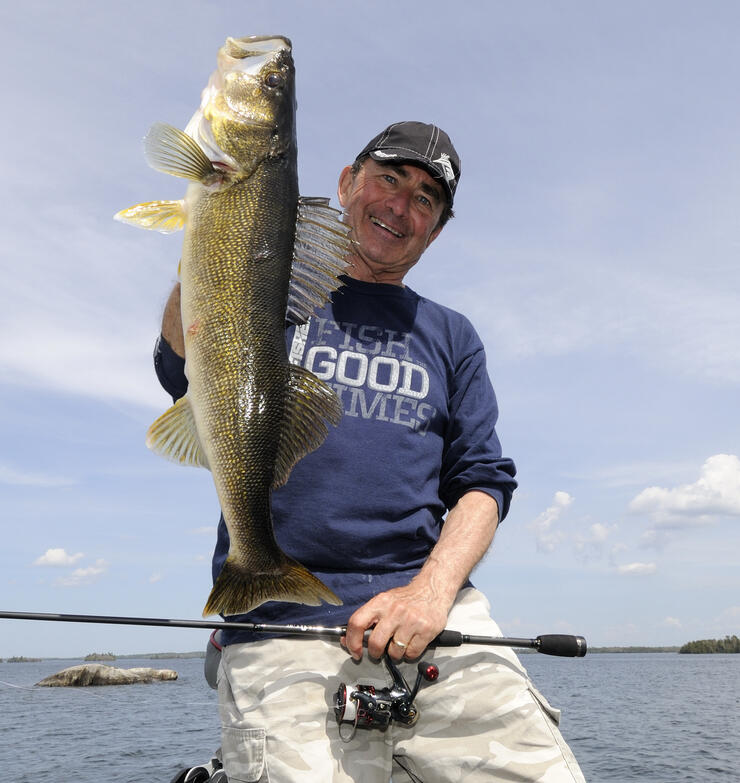
And I can speak with some authority, having lived for the past 40 years in Kenora, Ontario, on the shore of Lake of the Woods. This world-renowned body of water and its magnificent fishery cover an enormous one million acres. It also has over 65,000 miles of shoreline and is peppered with more than 14,000 islands.
Truth be known, there are still portions of the lake that I have visited only rarely, and I am often on the water fishing an average of five out of every seven days.
Gotta' confess, too, as I explained to my friend, that the "grass is always greener theory" -- you know the mantra, the further away you travel by boat, the better the fishing you are going to find -- rarely applies to the lakes and rivers in Northern Ontario.
Case in point: during my last four trips out on "The Woods", while hosting family and friends, we've caught well in excess of 300 walleyes, 150 smallmouth bass, countless jumbo perch, and more gorgeous northern pike than I care to count. Four of the walleyes have approached or bettered the double-digit, ten-pound mark, and at least five of the smallies have weighed more than four pounds. Yet, I have not docked at the marina to fill up the boat with gas, which tells you just how far I've travelled to catch the fish.
Indeed, when it comes to fishing, most of the large Canadian Shield-type lakes that you will find in Northern Ontario, the secret is learning two, three or four bite-sized portions well rather than running, willy-nilly all over the place, making Hail Mary casts and wishing and hoping for the best.
By "learning", I mean studying a contour map of the lake portion where you're going to spend most of your time and highlighting the key structures and cover that you think will hold fish.
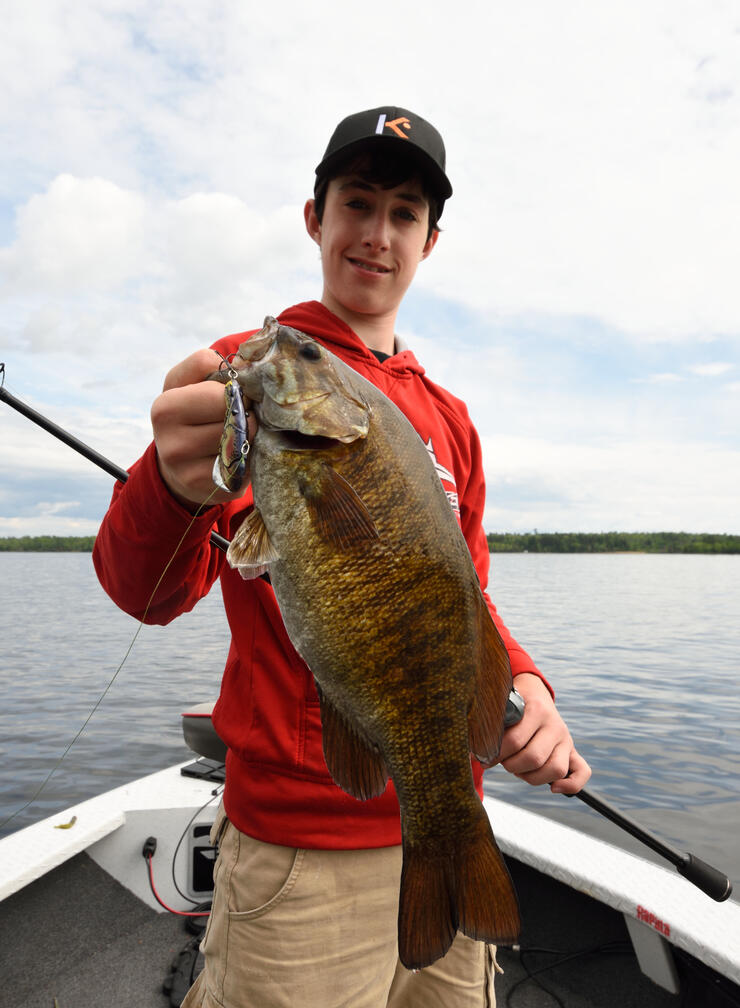
When I am visiting a new walleye lake or river that I've never fished before, I will circle on the map all of the long underwater points that run out from shore and dip into fairly deep water, say, 30 or more feet.
I'll also highlight the shallow humps, reefs and rock piles that I can identify on the map and I will often use Google Earth to spot any shallow weedy flat areas that might harbour lush beds of cabbage.
Call me crazy, but I love "exploring" new shield water this way, long before I even arrive at the access point or resort launch ramp.
Something else worth mentioning: when I finally back the boat into the water, I don't immediately pick up a rod and start fishing. I know it is a temptation that is hard to resist, but fight the urge.
Instead, spend the first hour or so out on the water simply driving around your chosen area, familiarizing yourself with the spots you identified when you were doing your fishy homework. Some of the sites won't look nearly as good on the water as they did on paper, but others will jump out at you and scream...big walleye, bass, lake trout and northern pike.
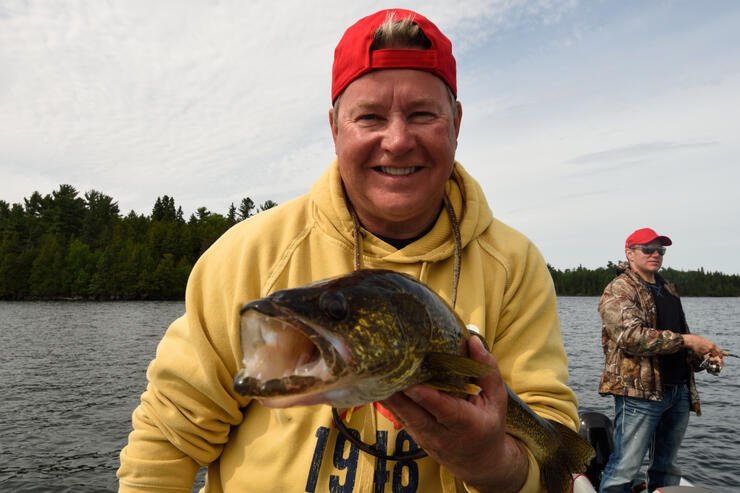
They will look so good, you'll have difficulty tying on your favourite lure because your fingers will tremble and shake with excitement.
And you will know you've made sense of this shield lake or river.
Recommended Articles
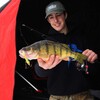
Beating the Blues
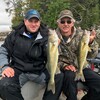
Agich's Kaby Kabins
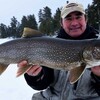
Winter Fish Scents
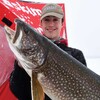
Weather or Not
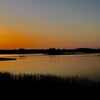
Wilderness WAlleye
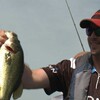
Elmhirst's Resort
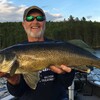
Hawk Lake Lodge
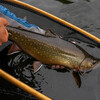
Adventures on the Nipigon River
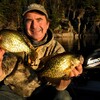
Sweeping the Basin
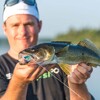
A Shore Thing
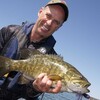
Summer Smallmouth
Baits for Brookies

Lang Lake Resort – Outdoor Recreation is their Business
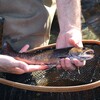
In Search of Solitude and Wild Brook Trout
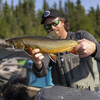
Land a Lake Nipigon World Class Trophy Brook Trout
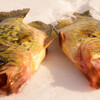
How to: Target Black Crappies (Part 2)
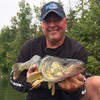
Multi-Species Action
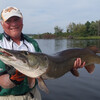
Destroying Fall Muskie Myths
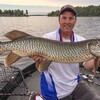
3 Surefire Strategies for Canadian Muskies
